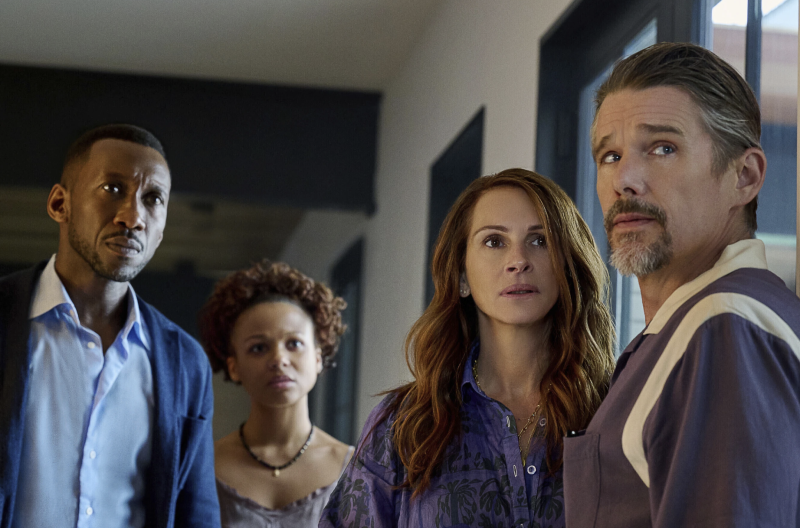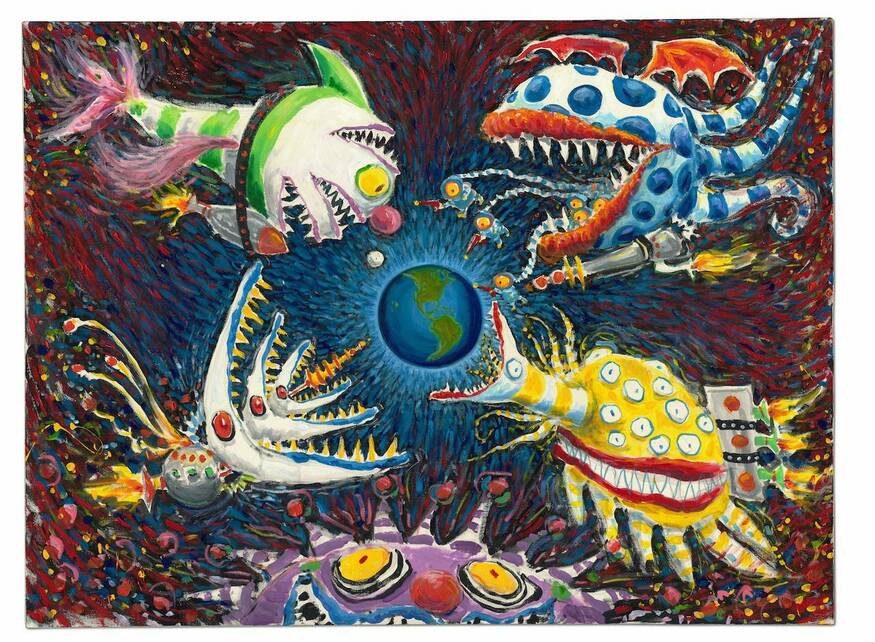Bullet
2021 - Film & Video (Film & Video)
10:00 minutes (looped)
Maya Watanabe
Maya Watanabe’s video installation Bullet unfolds within the context of the Peruvian justice and forensic systems. During the Peruvian internal armed conflict that occured between the subversive group Sendero Luminoso (Shining Path) and the Peruvian military from 1980-2000, approximately 21,000 people, civilians, and guerilla fighters were killed. Most of the killings that were perpetrated by the military during this period of political upheaval were later deemed extrajudicial acts, and almost all of them were carried out with firearms. To evade any potential judicial proceeding against the military, the victims were hidden or disappeared to avoid their identification. Many remains have been found since the conflict, but have not been identified, pending under the status “N. N.”, meaning “No Name”. Resulting from a collaboration with the Peruvian Forensic Archaeologist team, Watanabe’s video documents one of the unclaimed bodies. Specifically, the video examines a bullet wound in the skull of an unidentified person killed by the Peruvian Armed Forces in 1986. The video is an indictment of these extrajudicial killings and a critique of the corruption and negligence that has led to so many unresolved cases. Bullet is an attempt to reconsitute the cultural and political significance of these erased murders, in the hopes that more cases will be solved so that the families and civilians affected by the conflict can mourn appropriately and see through the healing process.
Drawing on her background in theater design and direction, Maya Watanabe is known for her multi-channel video installations that explore the relationship between language, collectivity, identity, and space. Considering words, silences and the interweaving of the two, her videos are often slow, controlled, and cyclical in nature. Earlier works incorporate references and methodologies from cinematographic language, often involving one or several actors performing a script and interacting with the camera through choreographed movements. The texts narrated by the actors are either borrowed quotes from movies or modified poems and scripts, which become untethered when taken out of their original context. The ambiguity and lack of narrative that results reveals the imprecise nature of perception and the images and memories that we rely to construct identity. Recent works examine the landscape, exploring their tendency towards the fantastical and ability to conjure memories. With particular attention to the legacy and history of Peru, her work considers the fragmented, uprooted, and mutable past of a place, and how issues of historical instability can take centuries to resolve.
Colors:
Related works sharing similar palette

© » KQED
Review: ‘Leave the World Behind’ Is a Brilliant Hitchcockian Thriller | KQED Skip to Nav Skip to Main Skip to Footer The Do List ‘Leave the World Behind’ Is a Terrific Blend of Thriller, Disaster and Satire Mark Kennedy, Associated Press Dec 5 Save Article Save Article Failed to save article Please try again Facebook Share-FB Twitter Share-Twitter Email Share-Email Copy Link Copy Link Mahershala Ali, Myha’la Herrold, Julia Roberts and Ethan Hawke in ‘Leave the World Behind.’ (JoJo Whilden/ Netflix) Imagine that it’s close to midnight and there’s a knock at the door of your luxurious weekend rental home...

© » ARTS EQUATOR
Podcast 82: Who's There & Two Songs and a Story | ArtsEquator Thinking and Talking about Arts and Culture in Southeast Asia Performance October 21, 2020 Nabilah Said, Matthew Lyon and Naeem Kapadia discuss Who’s There by The Transit Ensemble (Singapore/Malaysia/US); and Two Songs and a Story by Checkpoint Theatre...

© » LONDONIST
A Tim Burton Exhibition Is Coming To The Design Museum | Londonist A Tim Burton Exhibition Is Coming To The Design Museum In 2024 By Hannah Newlon-Trujillo Hannah Newlon-Trujillo A Tim Burton Exhibition Is Coming To The Design Museum In 2024 See artworks, storyboards and costume designs by Tim Burton...

© » KADIST
Olga Grotova
2022Our Grandmothers’ Gardens by Olga Grotova is based on the history of Soviet allotment gardens, which were small plots of land distributed amongst the families of factory workers to compensate for poor food supply in a country that was over-producing weapons...

© » ARTS EQUATOR
The ArtsEquator Logo Challenge: How Well Do You Know Your Southeast Asian Capitals? Thinking and Talking about Arts and Culture in Southeast Asia ArtsEquator Viewpoints January 22, 2019 Hands up if you’ve ever wondered what the ArtsEquator logo symbolises! 🙋 Few can identify all the Southeast Asian capitals represented by the red dots on the logo...

© » KADIST
Curtis Talwst Santiago
2017Curtis Talwst Santiago has been creating intimate and performative environments within these small spaces for several years; the artist used to carry them around to show visitors one on one, opening up a scene in the space of his hand...














